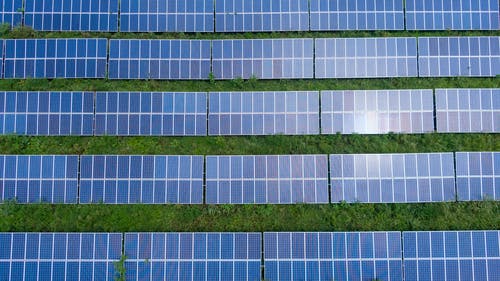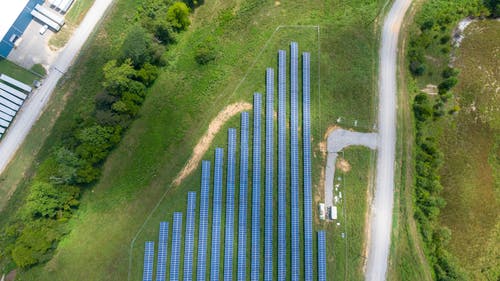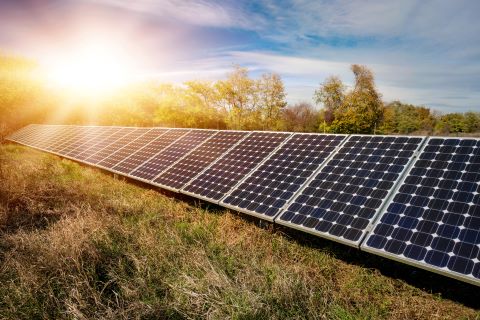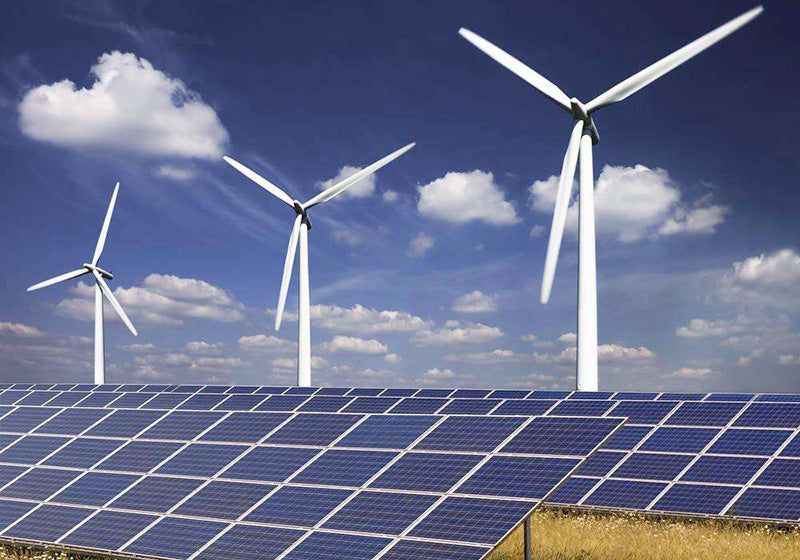With the large-scale promotion of photovoltaic technology, solar panels have gradually become popular. But many solar panels installed in the early years are now approaching the end of their life cycle. This raises a serious problem: how to deal with the scrapped solar panels?
Theoretically, solar energy is more promising than ever before. Solar cells are becoming easier and cheaper to produce. However, there still has some questions about solar photovoltaic are rarely discussed: whether their production and waste produce more pollutants than the fossil fuels they intend to replace is still a question that should be answered.
Manufacturing solar panels usually requires the use of several toxic chemicals. The service life of solar panels is about 20 to 30 years. Since the first large-scale installation in the early 2000s, a large number of solar panels are close to the end of their service life. When solar panels are stacked in garbage, the toxic metals contained in them will seep into the environment. If it enters groundwater, it may cause harm to public health.
Silicon in photovoltaic modules should be recyclable, but metals such as cadmium and lead are added to improve the electrical efficiency of solar cells. This makes it difficult to recycle solar cells, because extracting harmful metals requires considerable energy investment. In fact, the cost of recycling solar panels is often higher than that of producing solar panels. Most solar photovoltaic recycling plants simply extract valuable silver and copper from batteries and burn contaminated glass and plastic shells in furnaces. Because this process is expensive and time-consuming, it is more convenient to throw waste solar panels into landfills or export them to third world countries.
Research shows that heavy metals (lead and cadmium) in solar panels may seep from the cells into groundwater and affect plants and the environment. These metals also have adverse effects on human health. Lead can damage children's brain development, while cadmium is a carcinogen. Mandatory recycling is not the only way to make solar energy more environmentally friendly. Some technology start-ups are looking for ways to make the actual production process cleaner. Scientists are exploring new ways to purify silicon for solar cells, or are experimenting with low-grade silicon solar cells.
With the transformation of society from fossil fuels to energy, solar energy will become an important part of our future. Therefore, we can predict that the output of solar panels will increase in the next few decades, and there may be a large amount of hazardous waste. Although solar energy as a renewable energy has great prospects, the society must also face the pollution problems it brings, otherwise the use of light energy may make our situation more gloomy than before. This is what SOLARPARTS is trying to do. We always adhere to the concept of "absorbing sunshine, focusing on energy and returning the earth to a clean place". In dealing with these problems in the future, SOLARPARTS will do its best and give full play to light and heat!





